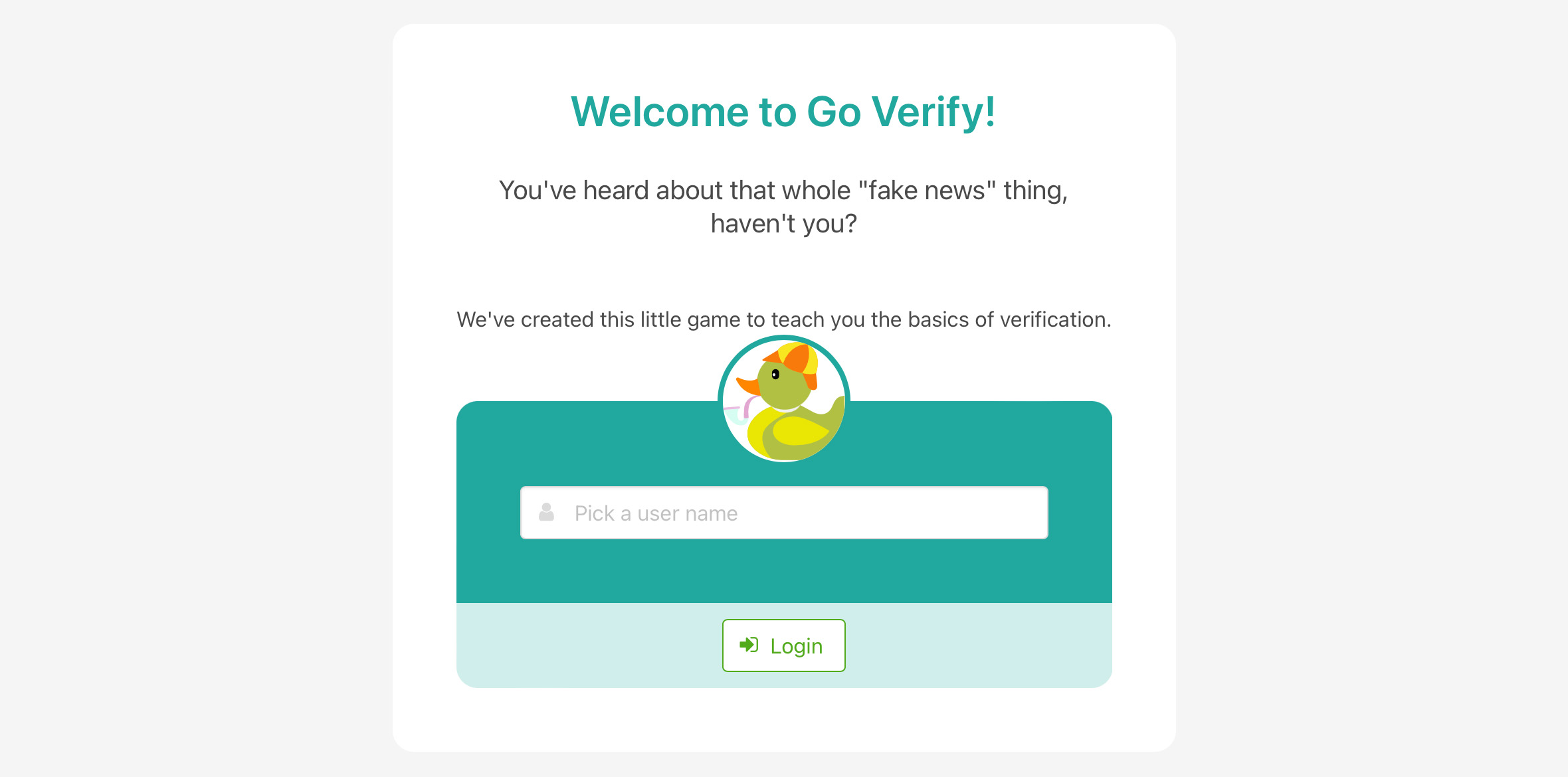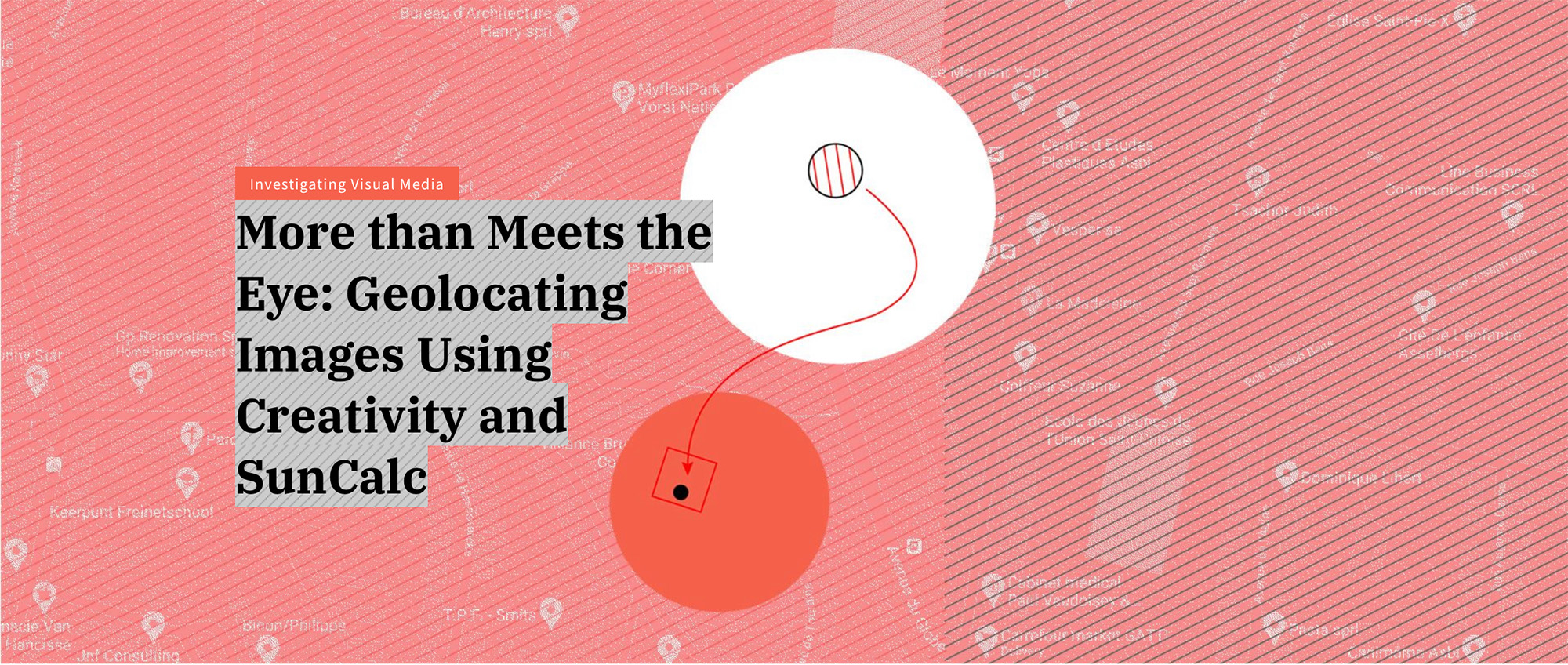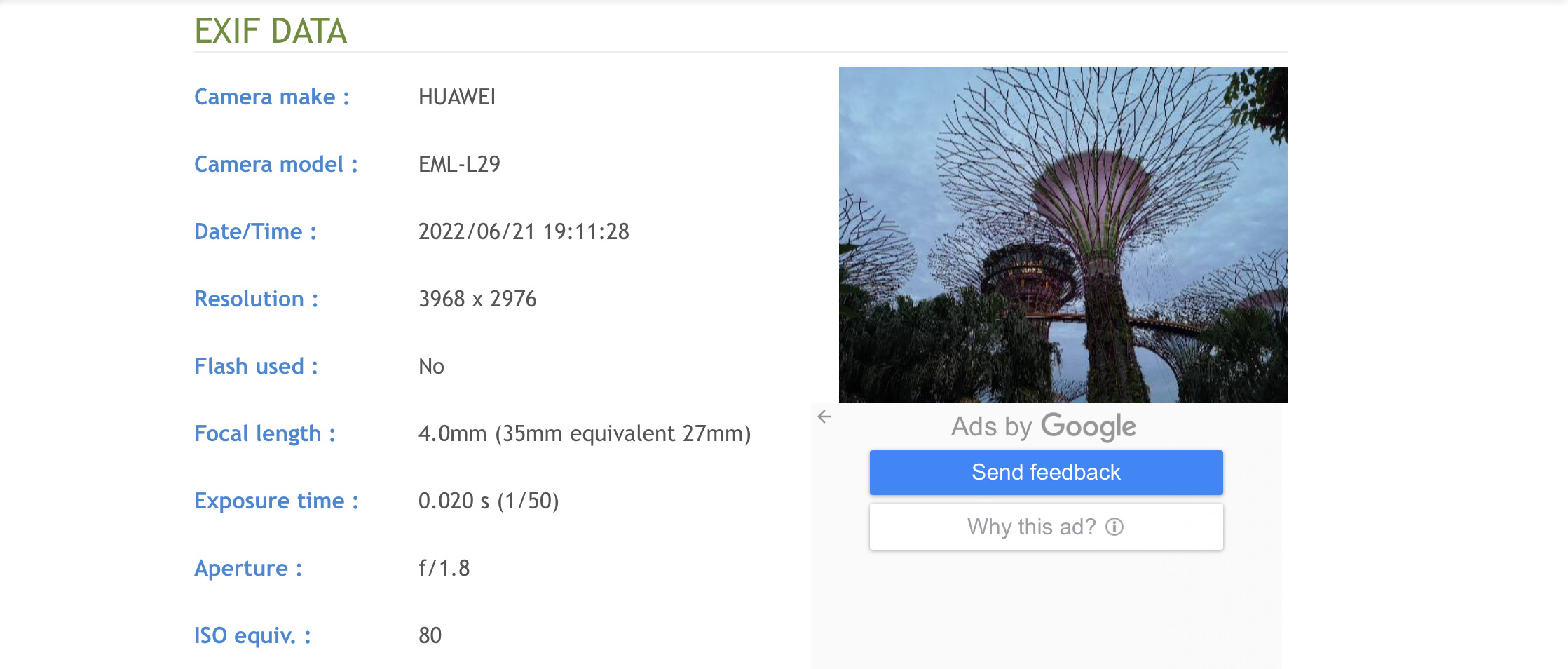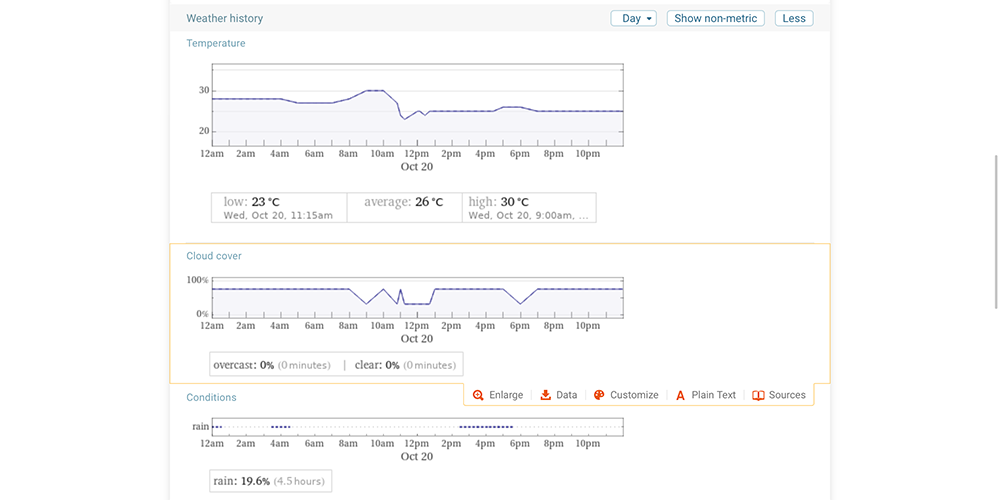Verification and Fact Checking
Even without the rising spread of fake news and politicians’ increasing tendency to openly lie on the record, verification and fact checking should be at the heart of journalism. Verifying your facts is something you should always do. Verification means making sure your facts, sources and source materials are correct.
Fact checking is nothing less than the application of verification techniques in a specific context. In journalism, it can even be its own profession. Fact checkers used to work mainly for big publications and magazines and were responsible to double check everything the authors wrote in their texts. With the rise of the internet, conspiracy theories and tons of user generated content, the understanding of fact checking has changed. More often than not, fact checkers now verify statements made by politicians or user generated content and claims published on social media platforms. Some social media platforms like Facebook even have their own teams of fact checkers.
Why is Verification Important for Journalism?
Correct and detailed verification is the backbone of your journalistic credibility. As journalists we are constantly writing about events that are just unfolding and about topics that we are not experts in. Verifying facts is our safety net. Through verifying, we can make sure to get things as right as possible and report accurately on difficult topics and unstable situations. Verifying the source, time, date and origin of images can also be an important aspect of investigative journalism or crisis reporting.
Questions to Guide You through Your Verification Process
Whether you are verifying facts for an article or whether you are checking the legitimacy of user generated content – here are five questions that you should be able to answer through your verification process:
- Who is the source of the video, image, piece of information?
- Is the source legit – how do they know what they know?
- Is the source biassed, what is their reason for sharing information?
- Are you allowed to use the content?
- Which information that you don’t know and still have to find out could be missing?
If you want to take a more playful approach towards getting a sense of what verification and fact checking actually is, try Go Verify. It is an online game developed by an English language news outlet from Germany (Deutsche Welle) that teaches you verification techniques in a playful way.

Fact Checking Tools and Verification Techniques for Journalists
Read more about the Basics of Fact Checking on this website by the Newmark Graduate School of Journalism.
They also provide an accuracy checklist for reporters that helps you to make sure you get everything right in your story.
The Online Investigative Toolkit by Bellingcat provides an extensive overview of tools for verification and investigation. From images to social media and satellites, there is almost no topic that is not covered in this spreadsheet.
Google Fact Check Tools: Two tools designed by Google that allow you to browse other fact checkers’ work and classifications of certain pieces of information, and create a structured overview of these results. Having a look at other fact checkers might save you a lot of time. They also come with a tutorial.
NewsGuard is a browser extension for Chrome, Firefox and Edge. It flags news articles and news websites either with green or red icons, to let you know whether or not the site can be trusted. Their rating is based on the research and analysis by seasoned journalists hired by NewsGuard.
How to Verify Images
How can you know if images circulating on social media are real? How do you verify if the picture you got from a source was really taken at the date and location they claim?
Those are tricky questions, but the following article provides you with an overview of the most important tools for image verification as well as an instruction about how to approach image verification. Verification does not have to be difficult, and in most cases it does not require any crazy hacking skills. A handful of online tools, such as reverse image search, and a critical and inquisitive mind will get you a long way:
1. Is the Image Original?
The first thing you should do when you are dealing with image verification is run it through reverse image search engines. Reverse searching an image means giving the image to a search engine to look whether the same or very, very similar images are already published somewhere on the internet. You can use Google Images or Bing for that purpose, but experts recommend Yandex as the most precise reverse image search engine. While Google only looks for the exact same image, Yandex uses AI to also find similar images, which can be extremely useful (and a little bit creepy, if I am being honest). This test by Bellingcat seems to prove them right. Nonetheless, it is probably best to use Google and Yandex, to get diverse and different results.
How to Use Reverse Image Search:
Accessing the reverse image search on Google or Yandex works exactly the same. First you head to the image-category of the search engine and there you click on the camera-icon next to the search field.

When you click on that icon, Yandex as well as Google Images will open a window where you can either upload an image or use the URL when the image has already been published online. You then pass the file or the URL to the respective field and the search engine will return the results.

2. Who is the Source?
Do you know the identity of the person who shared the image (directly with you or on social media)? Did they also take the picture? What was their motivation for doing so? Check if the answers to those questions influence the credibility of the content.
If the image was posted on social media, the credibility of the platform and their content regulations might also be important. If the image was posted by a profile with a not directly identifiable username, you can head over to our chapter on digital investigation. In the chapter on Tik Tok investigations, there is an extensive tutorial on how to find out more about the identity of a social media user. The instructions can be applied to other social media platforms as well.
3. Where & when was the Image Taken?
Those are probably the most crucial pieces of information to verify the legitimacy of an image. They can also be centrepieces of a story you are trying to report on, so it pays off to learn how to find out when and where a photograph was taken. Tryhackme and Exposing the Invisible provide two very good and complementary tutorials on geologcating images.

The main takeaway from both is that you should try to narrow down the geographical area of your search step by step, and that you need to pay attention to details. Some additional tools that are helpful for geolocating images are included in a list below.
4. Extracting Metadata
Extracting Metadata from images can be helpful to determine their location, but metadata can also tell you more about the identity of the person who took the picture, as well as the time it was taken.
What is Exif Data?
Exchangeable image file format data is the data that accompanies images apart from the pixel-data itself. It is the most common format of metadata for images and can be a big source of information. The available information fields of Exif data are often filled automatically by the device that took the picture. If the picture was edited in a software like Photoshop, Exif data will display that and even the name of the person owning the software.
How do I extract Metadata from a Photo?
There are several ways to access the metadata of an image. But online tools like verexif are probably the easiest solutions. Verexif also comes with the option of removing metadata, which can be useful when you want to prevent others from accessing metadata of your images. The result of such an inquiry naturally depends on the amount of Exif-information stored in a photograph. It could look like this, showing for example the device, date and time information.

If you prefer not to use an extra website, there are also exif-extensions available for Chrome and Firefox.
More Tools for Verification:
InVID browser extension is a very, very powerful and free tool. It is available as a browser extension for Chrome and Firefox and it is a shortcut for a lot of the steps explained above. It extracts the URL of images and videos from websites, you can do quick reverse image searches with it, extract metadata, and look at a video frame by frame. Here you can find a tutorial where all the functions and possibilities are explained.
Verifying Instagram Posts: Instructions and tips from the Poynter institute on how to verify instagram posts.
This Verification Toolbox combines a lot of tools, very helpful for verification and equipped with links directly to the respective sites or even shortcut search fields.
Ghiro is a very helpful tool if you want to check (even large amounts of) pictures for metadata but also for possible indicators that an image was manipulated.
How to Verify Videos
The process of verifying videos is very similar to verifying an image. The same questions apply, but you still have to keep in mind that you might have to answer them differently due to the specific characteristics of video material. This article will walk you through the steps.
1. Is the Video Original?
When an incident of interest occurs and videos supposedly showing that incident are starting to circulate online, the chances are high that some of them are fake. People looking for attention or falling for false claims might share videos in relation to an incident that actually show something else.
A first step to check a video’s originality can be a reverse (image) search with its thumbnail. The search and verification site berify also offers a service where you can upload video material and they provide you with a list of possibly matching content.
If the video is uploaded on a platform like YouTube or Tik Tok check the upload date and also relevant keywords used in the video’s description. You can use the keywords to search for other videos on the same platform and use the date feature of the filter function to look at the earliest videos. Compare thumbnails to look for similar video content.
2. Who is the Source of the Video?
Do you know the identity of the person who shared the video (directly with you or on social media)? Did they film it themselves? What was their motivation for doing so? For images and videos alike these are critical questions, since they are directly tied to the credibility of the material.
If the video is uploaded to a social media account, a first indicator for credibility is the accounts history. Datajournalism.com provides a helpful checklist, for all the questions you should ask, when you are dealing with video material that was uploaded to a social media account.
They mention the deeper investigation of social media accounts as well as looking for affiliated websites with whois information. You can read up more about investigating the internet and social media platforms in our chapter on digital investigation.
3. Where was the Video Filmed?
Another crucial aspect directly tied to a video’s legitimacy. What’s it really filmed where the source or the upload account is claiming? To answer that question you have to look at the video itself and identify as many clues as possible that might help you identify its location. Buildings, shops, street signs, mountain ranges, trees and other outstanding features might be used to compare them to other, geolocated photographs. Names of shops or businesses might be found on the internet.
Two tutorials by Bellingcat and Datajournalism.com go into more detail about that.
One useful tool that the both mention is Wikimapia. It is a search engine that looks a lot like google maps but where you can switch between views of Google Maps, Google earth, Bing Maps and Bind Satellite. On the downside, this website seems to take forever to load and often crashes down. But what you can take away from that is to use different search engines like Google or Bing since they might provide satellite images of varying quality for the same place.
4. When was the Video Filmed?
If the date of a video is not unquestionably clear from its content or the source, the time of its recording is one of the hardest pieces of metadata to identify. YouTube videos for example are time stamped at the moment the upload begins. Tik Tok videos only have upload dates, but this tool by Bellingcat provides you with the exact time of the upload, when you enter the URL of a Tik Tok.
Wolfram Alpha is a site that can help you verify a video’s date with weather data. The condition for that of course being, that the video contains information about weather conditions. You can simply type in
weather place of interest date of interest
and the website will calculate the historic weather data, including such things as cloud cover, wind or rain.

This is what the results can look like:

That information can be used to check, if the claimed date of a video is correct. If the video shows a sunny day but Wolfram Alpha reports cloudy conditions with heavy rain, you should become sceptical.
More Tools to Help You with Video Verification:
InVID browser extension is a very, very powerful and free tool. It is available as a browser extension for Chrome and Firefox and it is a shortcut for a lot of the steps explained above. It extracts the URL of images and videos from websites, you can do quick reverse image searches with it, extract metadata and look at a video frame by frame. Here you can find a tutorial where all the functions and possibilities are explained.


